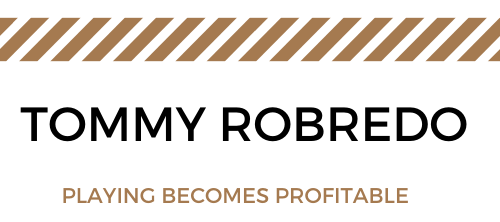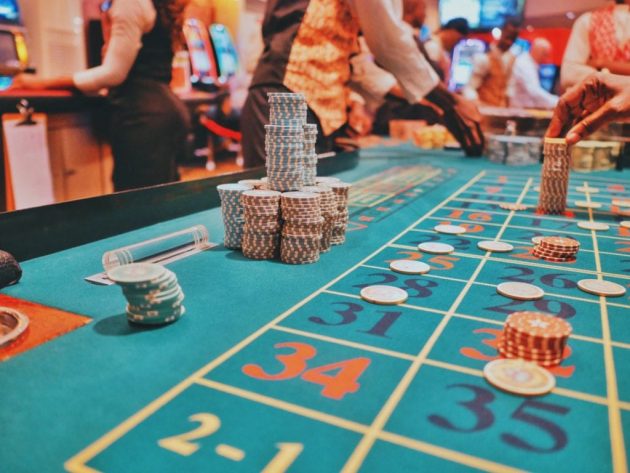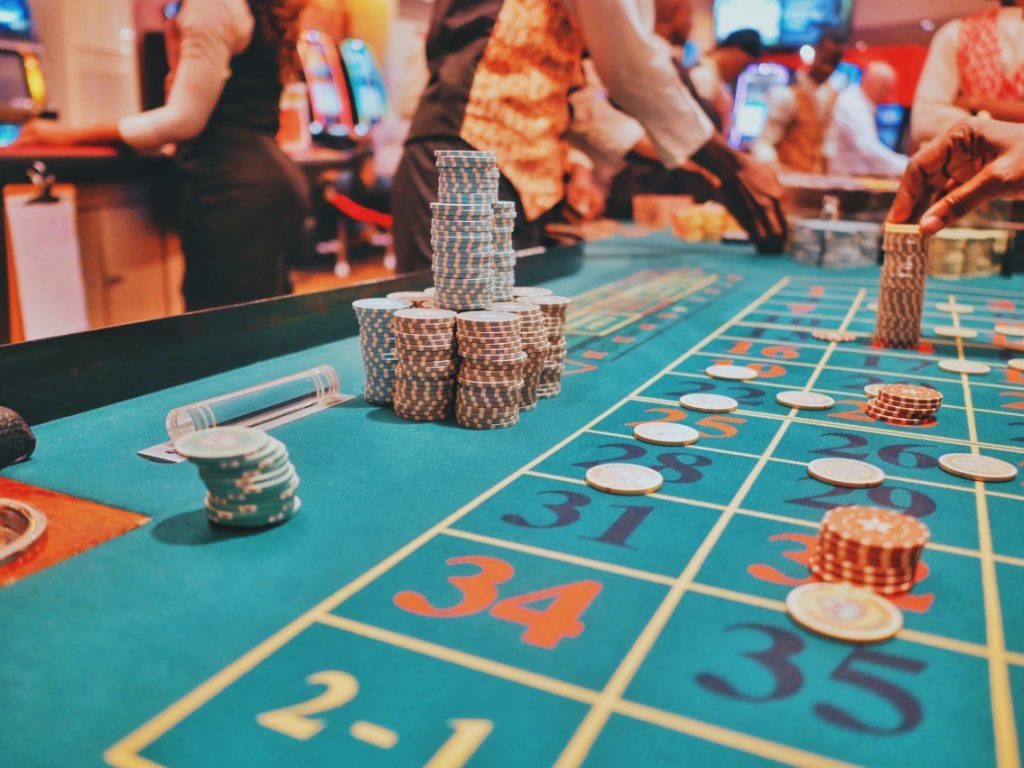Poker is all about bluffing and calling a bluff. Any aggressive player will depend on a betting strategy that focuses primarily on bluffing. Of course, poker is a lot more complex than that, however, semi bluffing is an important weapon in the cache. So, what does the term semi-bluff in poker mean? Simply put, it means that any time you have a hand with great potential to turn out to be the best hand, it is time for a good semi-bluff. You are pulling that bluff because in reality you have no hand when you are betting. All you have are a few good “outs” that may possibly let you end up with a great hand just before the last card is dealt. That’s the main reason it is called a semi-bluff, because it certainly is not what is called a pure bluff. You have something on your hand and are not betting with thin air to back you.

How to semi-bluff in a cash game
As mentioned earlier, semi-bluffs are bluffs that have some backup, called “outs”. This is in contrast to a pure bluff where the only way you can win is when the opponent folds, whereas in semi-bluff, you win either way, provided your hand improves before the end of the game. Your opponent is never going to be able to guess when you have a hand, and this makes it all the more difficult for him or her to counter your moves, let alone anticipate them. They never get a chance to know whether you are pure bluffing or are desperately chasing an elusive monster draw. You just need to keep varying your play correctly in order to keep your opponent guessing your true motives.
There is no doubt that you got to be a tight aggressive player to make your betting strategies more profitable. This is because there are very few players who will dare to call your bluff. The essence of semi-bluff is to make your opponent believe that you have a few good hands, when you actually don’t. This is also helpful when playing judi slot terpercaya However, this is what will make your opponent fold to your semi-bluffs; little suspecting that it is all deception. Most poker players know very well what semi-bluff is, however not all of them know how to deploy this technique correctly. It is usually the beginners who keep betting when they should not; instead they should be focusing on finding out the right time to bet. The right time to bet would be when you have more pot equity, as it gives you more chances to win by making your draw.
Benefits of semi bluffing
Seasoned players consider David Sklansky to be the father of semi-bluff in poker, as it is believed that he was the one who introduced the concept. A semi-bluff can be split into two parts, one part that is just bluff, and the other the real worth of the hand in question. In other words, while semi-bluffing you could get the pot right away, for what it is worth, or later on if and when your hand improves to make a strong set, thus adding to the value. A perfect combination of the two is what makes semi-bluff a fearful poker-playing tactic that lets you win a fat bankroll. The other benefits are that when you semi-bluff, you get a free card. The last seat position is very lucrative as it lets you just raise or bet.

During the subsequent round, your opponents will stop to check on the bettor or raiser. This is when you go for a free card, if you think it is a good idea. Your opponents, on the other hand, will not get any free cards. When you give a free card you are automatically turning a strong hand into a weak combination. This is more so when the table looks misleadingly harmless, but your opponent could be holding 8/9 and what the flop delivers is A/7/2. While the hand may appear to be worthless, the fact is that 10 cards may make a flush draw, and 16 cards could give a straight draw. Another benefit of semi bluffing is that you confuse your opponents and mislead them. They then misread your cards and the blunder costs them, and benefits you.
When to avoid using semi bluff
Semi-bluff is all about deception and misleading the opponent. That being the case, there is no given formula to go by, and that is the ironical truth about semi-bluffing. Most of the poker players call on some occasions, and don’t on others. As such, there is no way to pinpoint a situation that tells you when exactly to semi-bluff and when not to. One golden rule is that you should hardly ever try to pull off a semi-bluff with an opponent who calls most of the time. If the opponent is a confirmed calling station, banish the thought of semi-bluffing with him or her. This is when you should deploy strategy and bet a hand for value.
Value betting is when you try to get the best value out of a hand that you know is a lot worse than what you have. You need to hone your hand reading skills and zero in on what your opponent is thinking. The truth is that it is almost impossible to play poker passively. Unless you are selectively aggressive, you can never hope to win in poker. However, there is no fun in blindly betting without having read you opponents’ cards. You might as well resign yourself to being a loser if you can’t judge the right time to call a bluff.
To summarize it all, there is no fun playing poker without bluffing, whether it is semi-bluffing or pure bluffing. However, the timing is what is important, as is the position you are at. More important is reading the hands of your opponents and gauging the exact time to pull off a semi-bluff, and the right time will be if and when you improve your hand in the forthcoming rounds. However, you can’t throw caution to the winds, because you simply can’t hope to semi-bluff with whatever hand you have. There should be at least an iota of a chance to improve your hand before the last card is dealt.













